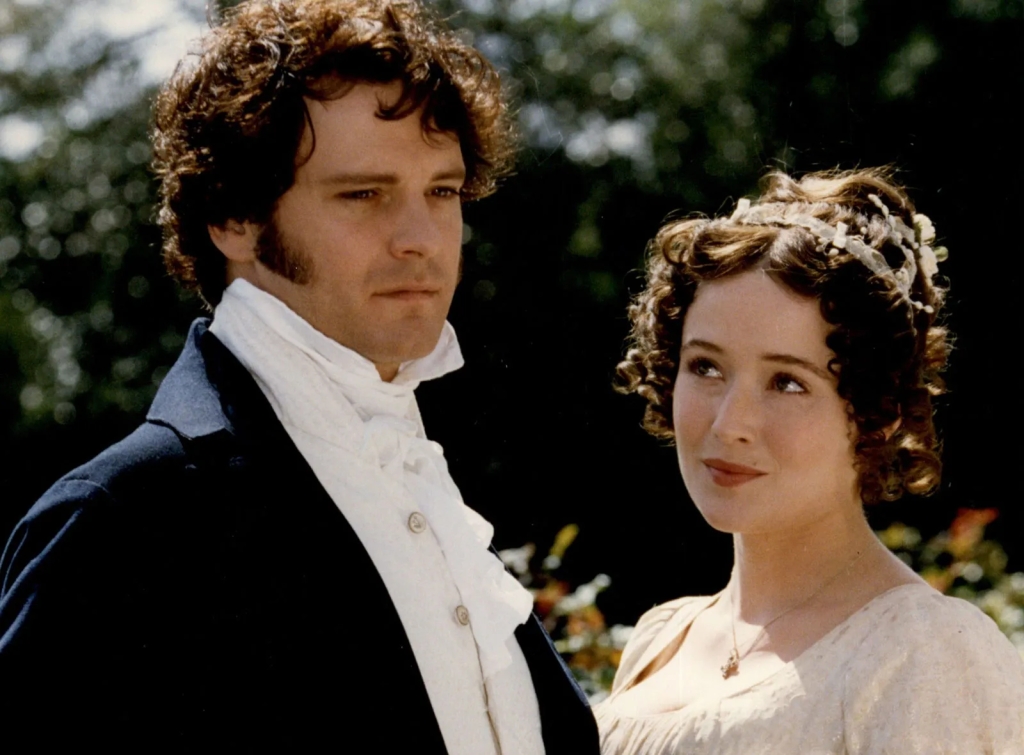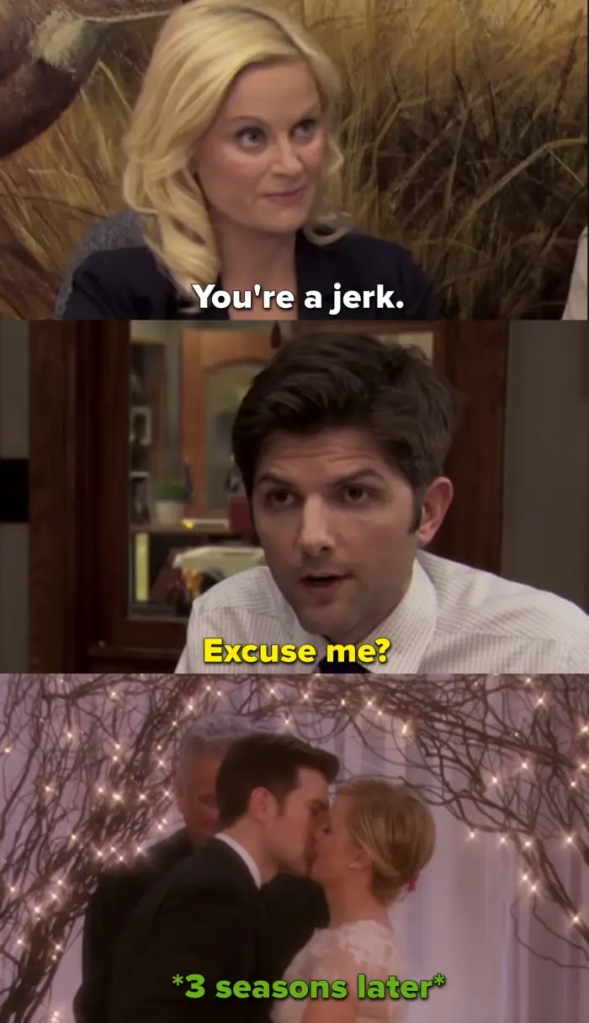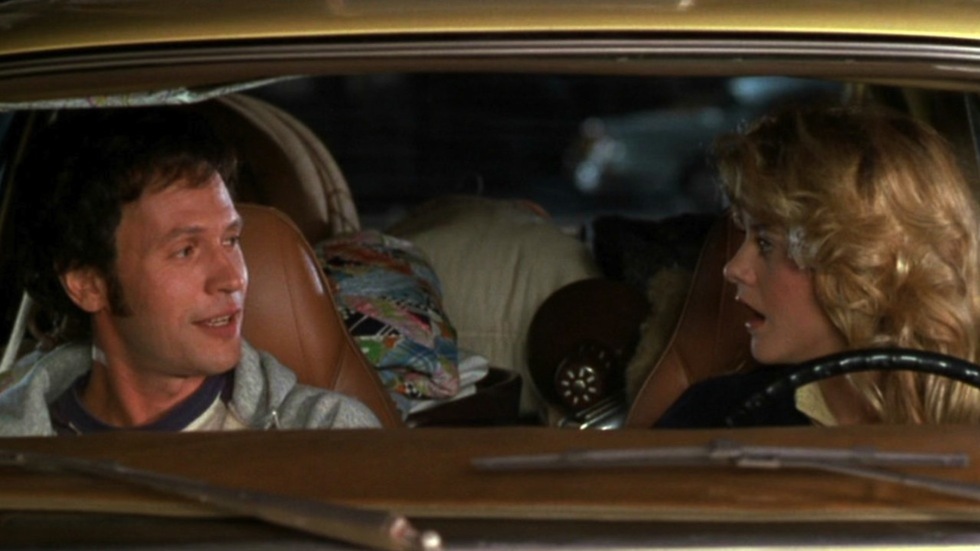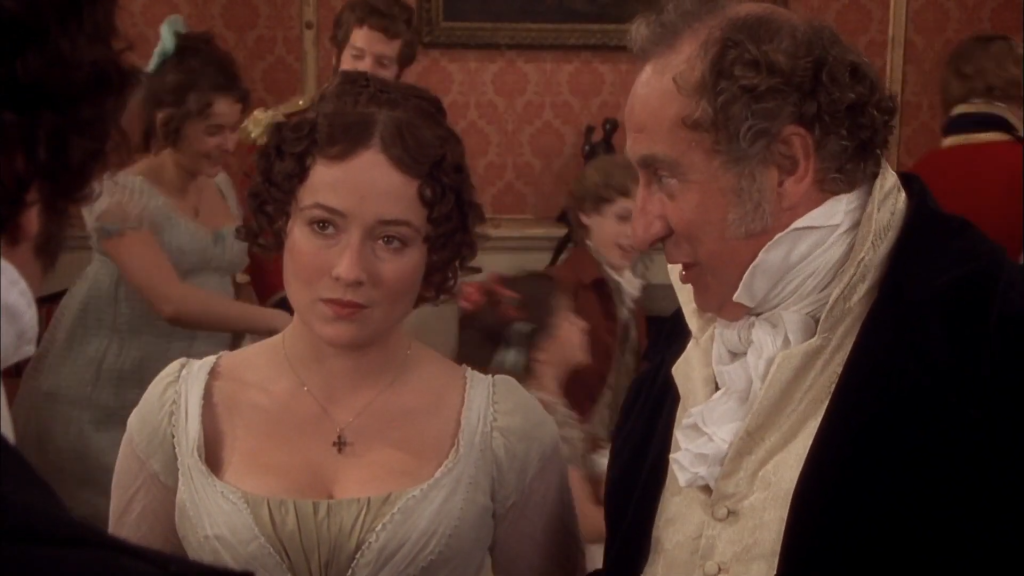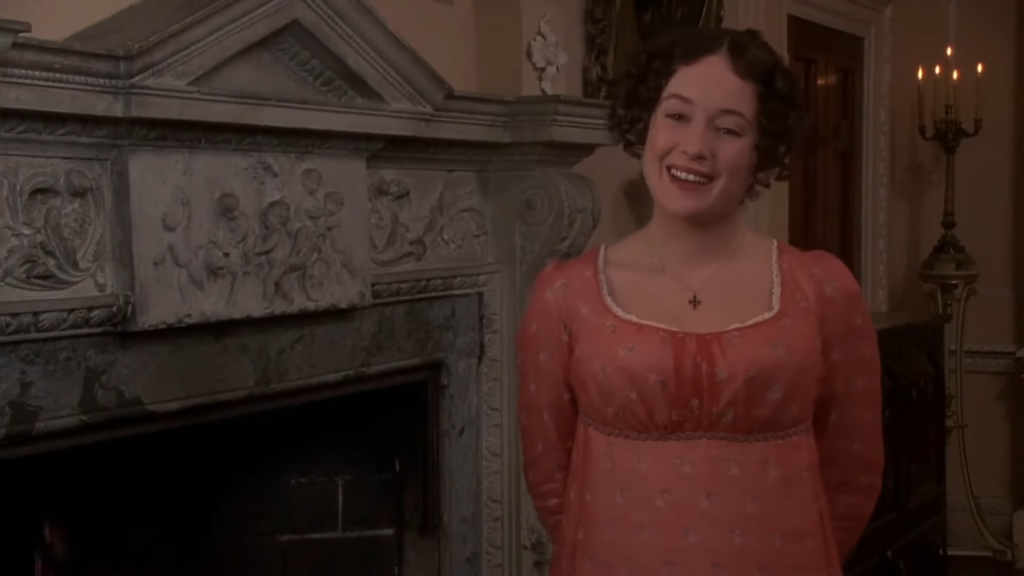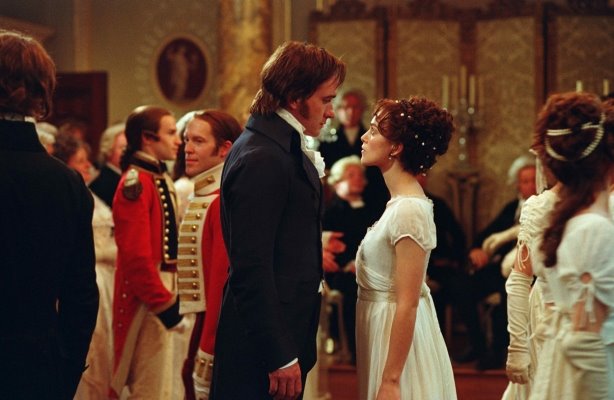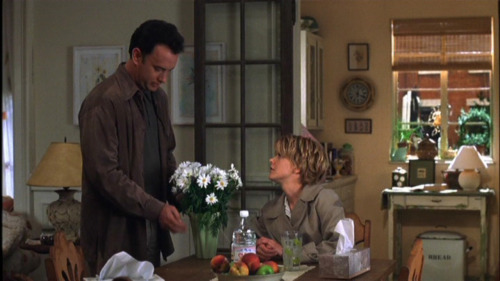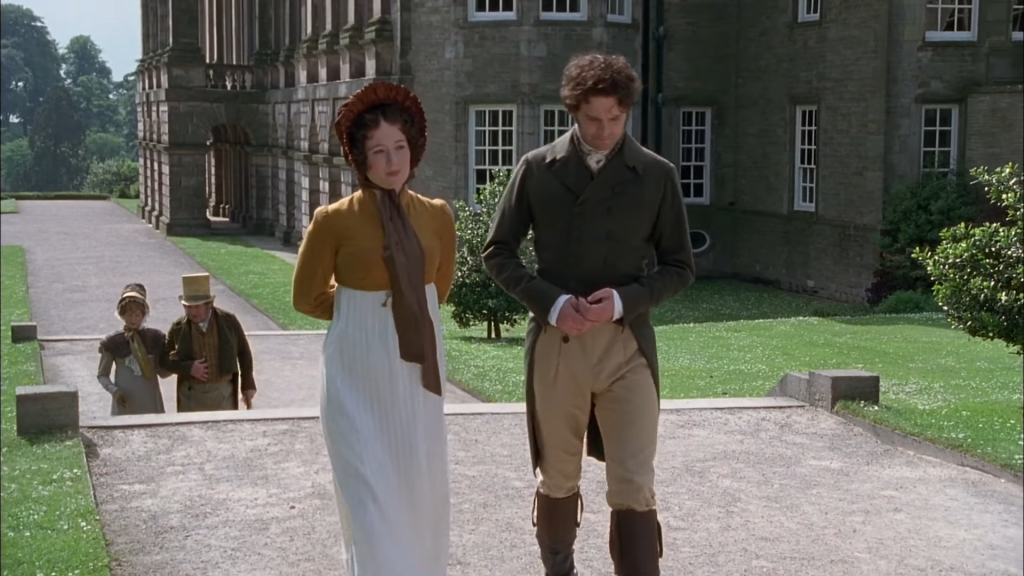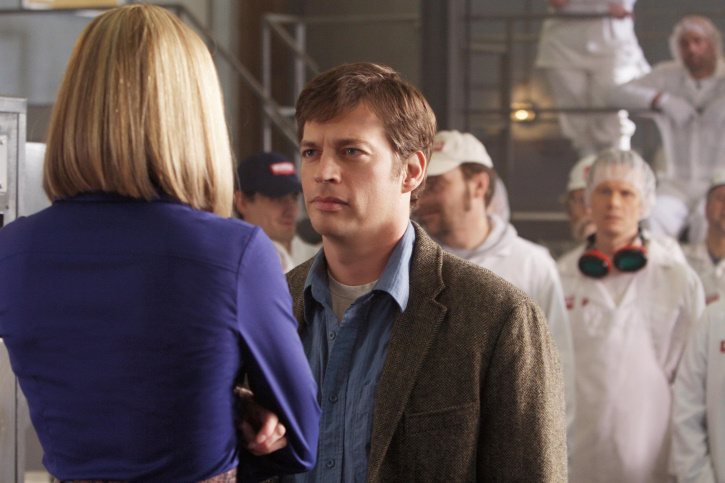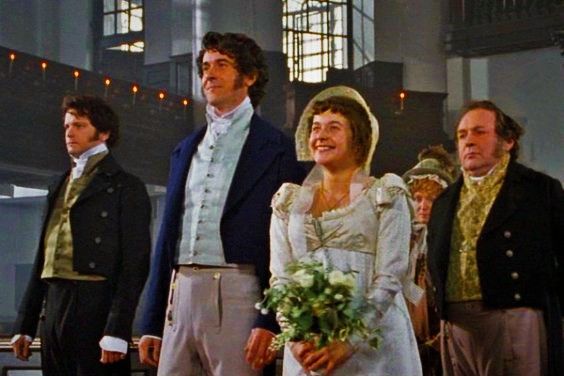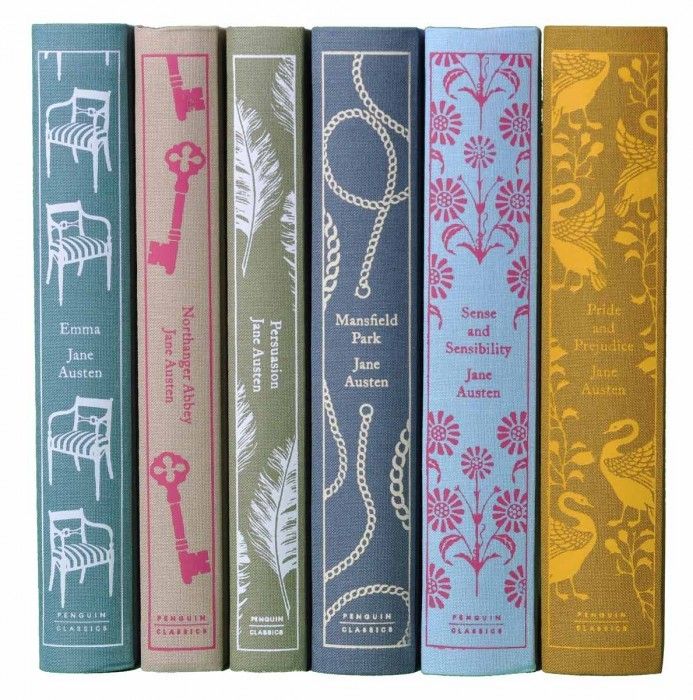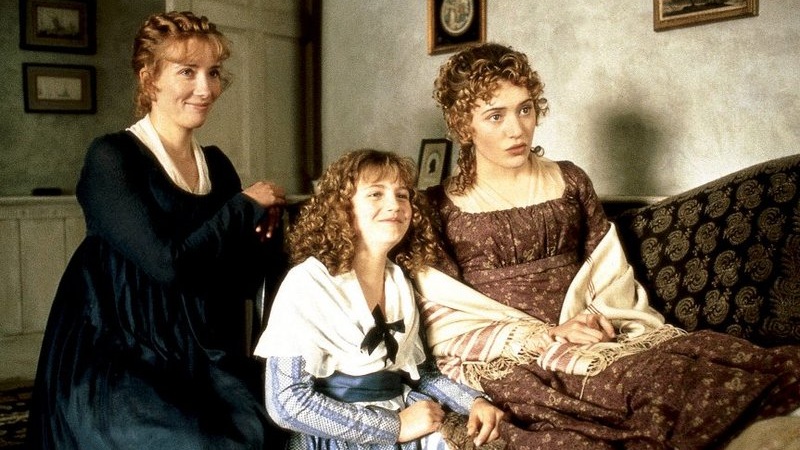It’s time for the next installment in this series devoted to examining the enduring romantic themes in Jane Austen’s novels, many of which are used over and over again in today’s most popular “rom com” movies and books.
So far in this series, we’ve explored popular themes in Jane Austen’s other novels: “Enemies to Lovers” in Pride and Prejudice, the “Slow Burn” Romance in Emma, “Best Friends to Lovers” in Mansfield Park, and “Second-Chance” Love in Persuasion.
This month, we’re taking a closer look at the romantic themes Jane Austen used in Northanger Abbey (NA) and tracking the themes that are still used today.
Defining the “Meet-Cute”
Every rom com has a meet-cute, the moment when two characters meet each other in a “cute” and memorable way. In The Holiday, Arthur (Eli Wallach) defines a meet-cute like this:
Say a man and a woman both need something to sleep in, and they both go to the same men’s pajama department. And the man says to the salesman, ‘I just need bottoms.’ The woman says, ‘I just need a top.’ They look at each other, and that’s the meet-cute.”
The Holiday
While every story has a meet-cute, some are cuter than others. Sometimes the two characters cannot stand one another, sometimes there is a misunderstanding, and sometimes there is a clash. But sometimes, as in NA, the two characters meet and are immediately drawn to one another.
Introducing Mr. Tilney
In NA, not only do Catherine Morland and Henry Tilney have a clever first meeting, we also learn a lot about social etiquette during that era.
When Catherine arrives in Bath, she knows no one and her chaperone, Mrs. Allen, has no immediate acquaintances. On their first night in the Upper Rooms, they move through a crowded ballroom, but because Mrs. Allen does not see anyone she knows, Catherine cannot dance:
[S]he longed to dance, but she had not an acquaintance in the room. Mrs. Allen did all that she could do in such a case by saying very placidly, every now and then, “I wish you could dance, my dear—I wish you could get a partner.”
Northanger Abbey
However, when they visit the Lower Rooms, “fortune” is “more favourable to our heroine” (Ch. 3). It’s there that the master of ceremonies makes an introduction: “The master of the ceremonies introduced to her a very gentleman-like young man as a partner; his name was Tilney.”
After dancing they strike up a lively conversation and the meet-cute is on.
Northanger’s Meet-Cute
Henry is described by Austen in highly favorable terms: “He seemed to be about four or five and twenty, was rather tall, had a pleasing countenance, a very intelligent and lively eye, and, if not quite handsome, was very near it. His address was good, and Catherine felt herself in high luck.”
As they talk, Mr. Tilney teases Catherine and is clearly a good-humored man: “He talked with fluency and spirit—and there was an archness and pleasantry in his manner which interested, though it was hardly understood by her.”
Mr. Tilney flirts with Catherine when he questions her about her journal and even tells her what she “ought” to write in it after their meeting:
“I danced with a very agreeable young man, introduced by Mr. King; had a great deal of conversation with him—seems a most extraordinary genius—hope I may know more of him. That, madam, is what I wish you to say.”
For the remainder of the chapter, Austen is at her absolute best with light-hearted, quick-paced dialogue and witty banter. Rarely do any of her characters talk quite so much upon first meeting one another, and we, her readers, find ourselves as charmed by Henry as Catherine herself:
They danced again; and, when the assembly closed, parted, on the lady’s side at least, with a strong inclination for continuing the acquaintance. Whether she thought of him so much, while she drank her warm wine and water, and prepared herself for bed, as to dream of him when there, cannot be ascertained; but I hope it was no more than in a slight slumber, or a morning doze at most; for if it be true, as a celebrated writer has maintained, that no young lady can be justified in falling in love before the gentleman’s love is declared, it must be very improper that a young lady should dream of a gentleman before the gentleman is first known to have dreamt of her.
Northanger Abbey
Love at First Sight, Conflict Ahead
In a book with a quick mutual connection between characters, there must be some kind of problem or conflict to keep the story going. Otherwise, it would be over in the first few pages. In many popular movies today, writers add in misunderstandings, timing issues, geographical hurdles, age differences, and other road blocks to make things interesting.
The same is true for NA. After their first meeting, Catherine develops an immediate first major crush, and it’s clear that Mr. Tilney is hoping to see more of her as well. Both are charmed and interested. Both hope to see one another again. However, as with most stories that start with immediate attraction, Catherine and Henry don’t live happily ever after–at least not right away.
For the remainder of the novel, Austen uses a variety of plot devices to create conflict for her two young lovers, unfold a larger plot with its own major themes, and build a multi-layered story arc for Catherine and Henry.
Popular “Meet-Cute” Examples
No romantic comedy can hold a candle to Jane Austen’s complex plots, characters, and novels. However, it’s interesting to think about the devices she used to create the meet-cute in NA versus the devices writers must use today. While people don’t need a master of ceremonies to introduce them anymore, writers still must find ways to “match-make” their characters. Here are some popular movies that fall into the “meet-cute” category:
In The Holiday, there are several meet-cutes: When Iris and Amanda switch houses for Christmas, Iris ends up meeting Miles when he comes to drop something off at Amanda’s house on a windy day in Los Angeles. Miles and Iris immediately hit it off, while Miles’ girlfriend sits in his car waiting. Amanda meets Graham when he shows up on her doorstep (Iris’ doorstep), hoping to crash at his sister’s house after a night out.
In Serendipity, the two main characters meet in a busy department store at Christmas time. They each grab for the last pair of black gloves and strike up a conversation.

In Notting Hill, Will spills orange juice on Anna, a popular movie star, when they crash into one another on the sidewalk near his apartment. She agrees to go to his place to change into clean clothes and they share a delightful first conversation and an unexpected first kiss.
In 50 First Dates, Henry must create a series of meet-cutes to gain the attention of Lucy each day because she has lost her short-term memory and forgets who he is every time they meet.

And in My Big Fat Greek Wedding, we find a refreshing twist on the meet-cute when Toula meets and falls in love with Ian. As she serves him at her family’s restaurant, she can’t even speak to him. However, that meeting pushes Toula to change her life, go to school, (get a makeover – of course), and become the confident woman Ian later notices through the window of a travel agency.

Clever Introductions
Jane Austen created her stories in a world where men and women could only meet under certain circumstances. The social rules of her time necessarily set up parameters that she had to follow, which provided for some very creative inspiration. Today, people don’t have to follow those same rules, but they still need to find a way to meet and introduce themselves, either in person, online, at church, work, or school, or through a mutual friend.
What are some of your favorite “meet-cute” moments in literature or film? If you have a “meet-cute” story of your own, we’d love to hear about it in the comments!
RACHEL DODGE teaches college English classes, gives talks at libraries, teas, and book clubs, and writes for Jane Austen’s World blog. She is the bestselling author of The Little Women Devotional, The Anne of Green Gables Devotional and Praying with Jane: 31 Days Through the Prayers of Jane Austen. Now Available: The Secret Garden Devotional! You can visit Rachel online at www.RachelDodge.com.
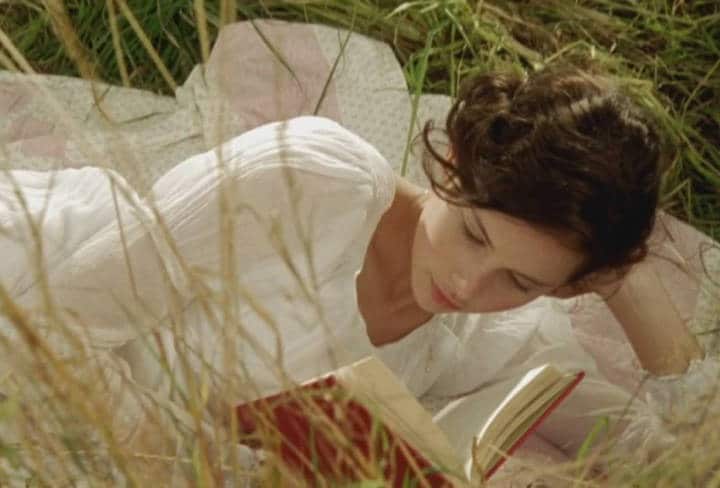






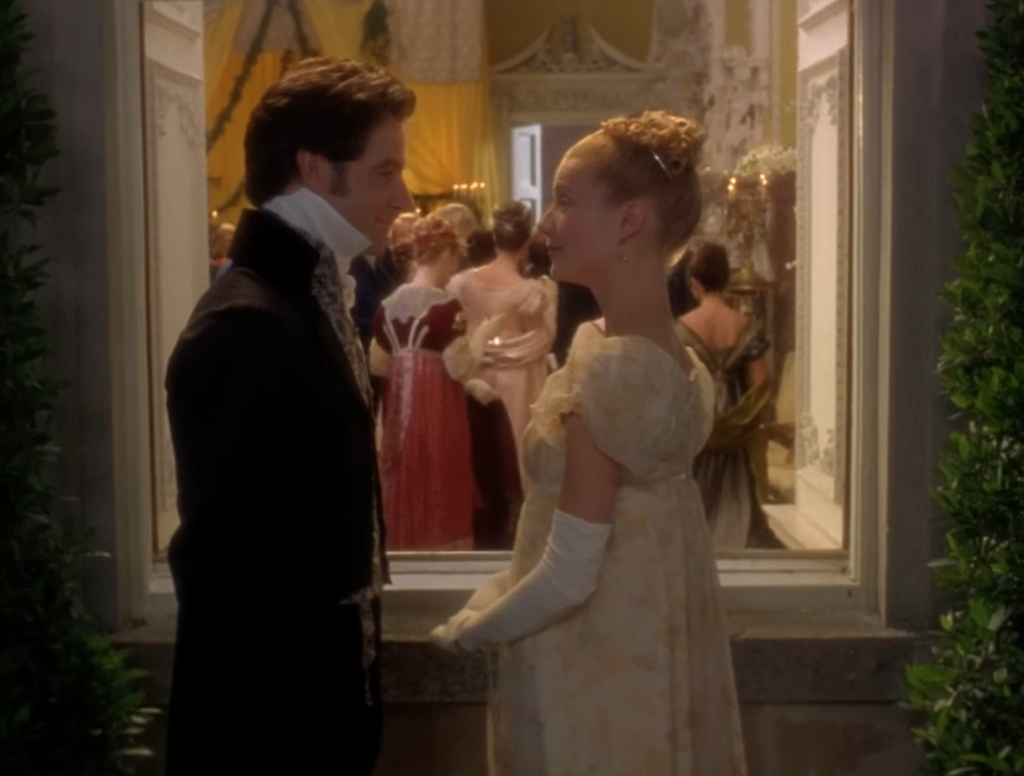

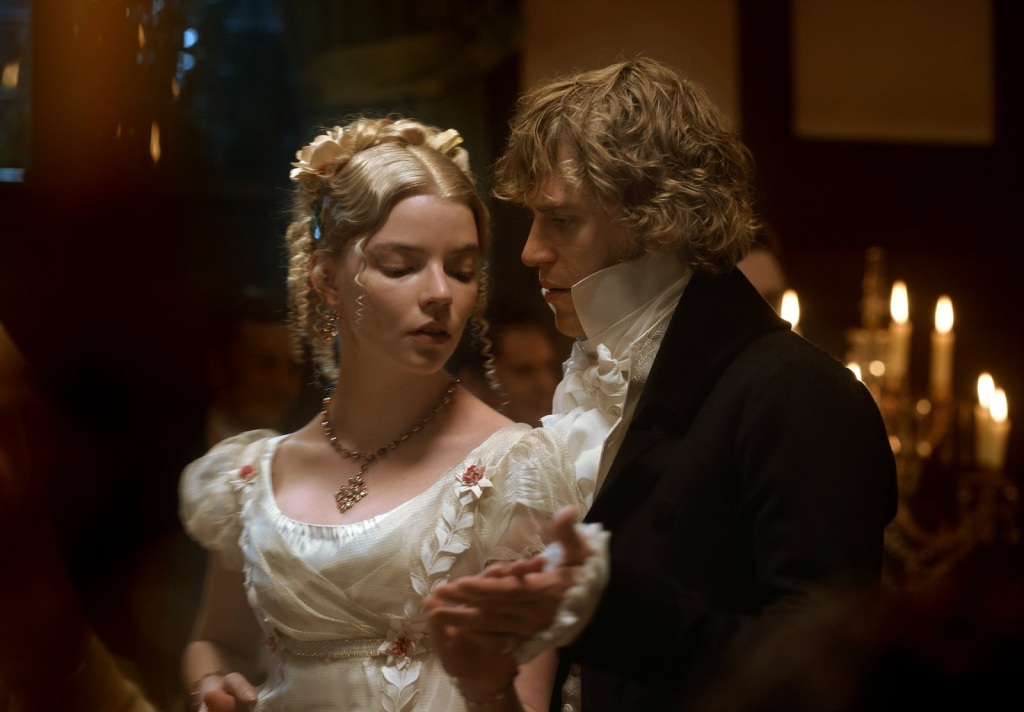





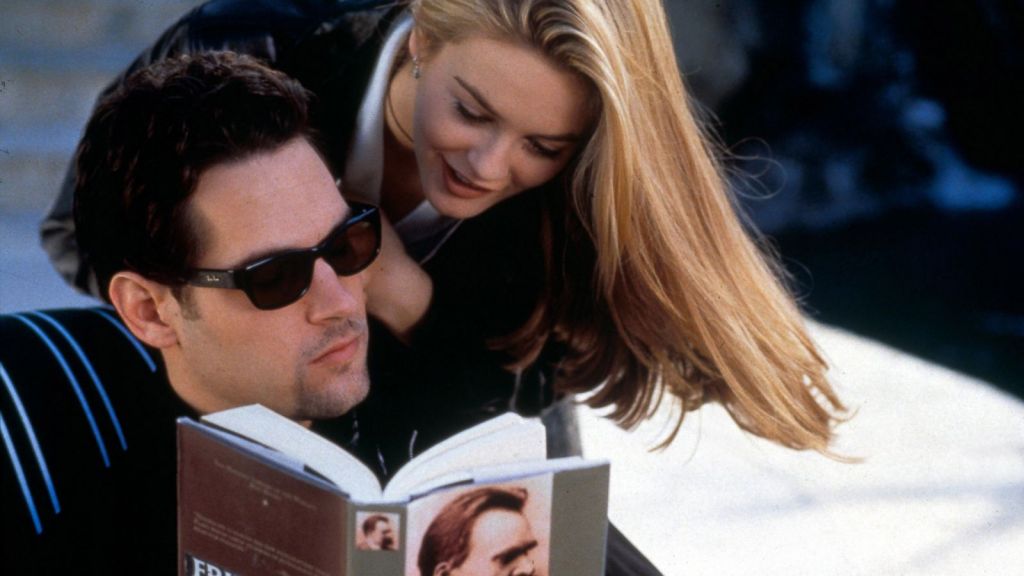

 Just as this article surfaced, another one popped up! While Jane Austen is more popular than ever, which has me chuffed, this account does not quite describe the before and after differences of the Steventon House.
Just as this article surfaced, another one popped up! While Jane Austen is more popular than ever, which has me chuffed, this account does not quite describe the before and after differences of the Steventon House.  This book provides the reader with a quote a day or the opportunity to devour swaths of her genius at a time. Be that as it may, let’s gauge how many of Austen’s sayings are as inspiring and witty as ever:
This book provides the reader with a quote a day or the opportunity to devour swaths of her genius at a time. Be that as it may, let’s gauge how many of Austen’s sayings are as inspiring and witty as ever:


